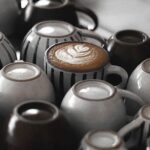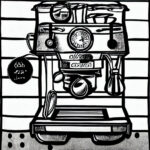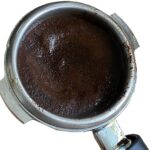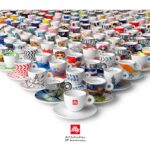Brewing the perfect espresso is an art form, and one of the most important elements is the amount of coffee you use. Too little coffee and your espresso will be weak and watery, while too much can make it bitter and overpowering. It doesn’t just stop at coffee though, there is so much more and we are here to help break it down.
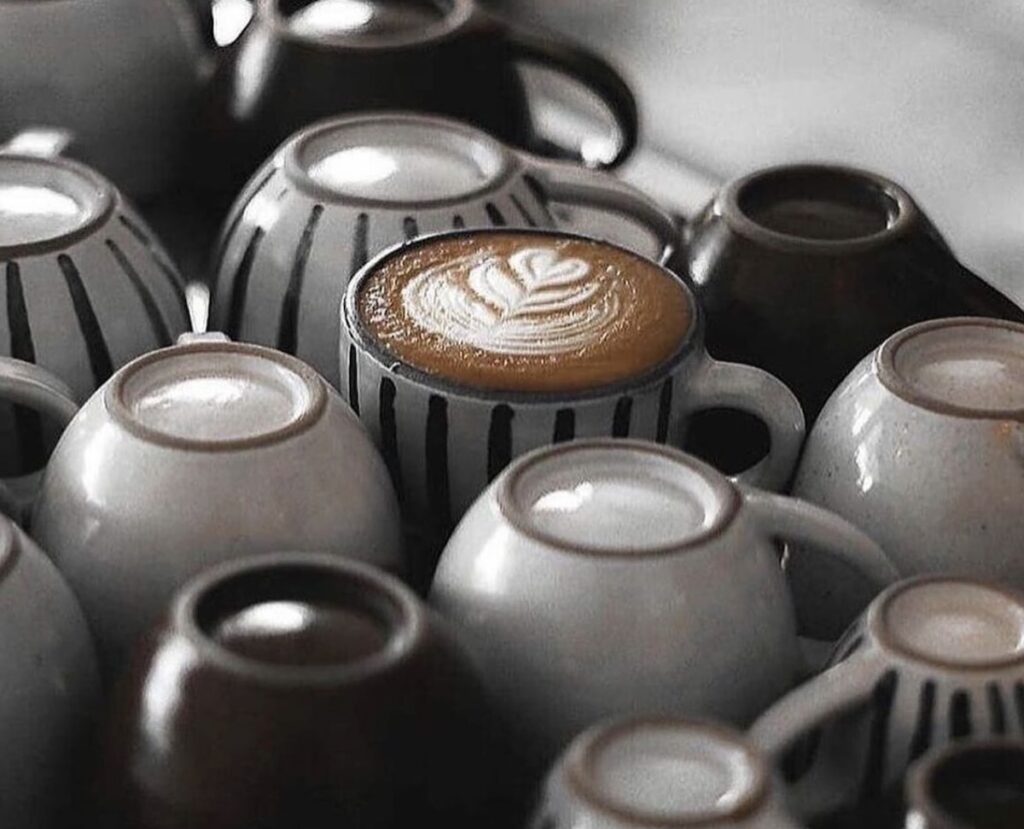
The 10 Steps To Making Great Espresso
- Coffee Bean Selection – Coffee lovers rejoice. There are so many brands of coffee these days to choose from the choices are pretty much endless. We love decaffeinated coffee, which in most cases does limit your selection over its caffeinated counterparts.
- Prep The Coffee Beans – Some baristas like to prep their coffee beans by spritzing them with water. Coffee beans are often spritzed with water to help them absorb moisture and maintain their freshness. This helps to keep the beans from becoming dry and brittle, which can affect the flavor of the coffee. Spritzing also helps to keep the beans from clumping together, which can make it difficult to grind them evenly.
- Grind The Beans – When grinding choose wisely. The grind settings may have to change depending on coffee beans selected. Some coffee beans are harder and than others, which may change affect the coffee grounds.
- Prep The Coffee Machine – Some coffee machines require time to heat up the water.
- Fill The Portafilter – Once the coffee is ground up, fill the portafilter and try not to spill any grinds.
- Prep The Portafilter – Using a distribution tool to disperse the grounds evenly in the portafilter.
- Tamp The Coffee – Use a coffee tamper to tamp the coffee
- Attach the Portafilter to the Coffee Machine
- Pour The Shot – Let the machine do its thing. See how long it’s taking to deliver the coffee. Watch the pressure gage.
- Check the Results – Look for channeling issues if using a naked portafilter and check the consistency and taste of the espresso.
Repeat above until you get it nailed and then enjoy
Measuring Out The Coffee Beans
The general rule of thumb is to use 7-9 grams of coffee for every 1 ounce of espresso. This ratio will give you a strong, flavorful espresso that is not too bitter or too weak. If you are using a single-shot portafilter, you should use 7-8 grams of coffee. For a double-shot portafilter, use 14-16 grams of coffee.
When measuring out your coffee, it’s important to use a kitchen scale for accuracy. You can also use a tablespoon measure, but it’s not as precise. A tablespoon of ground coffee typically weighs about 5 grams, so if you’re using a tablespoon measure, use 1 ½ tablespoons for a single-shot and 3 tablespoons for a double-shot.
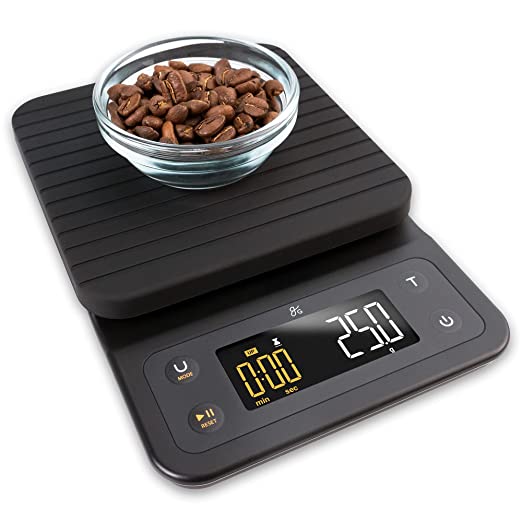
We purchased the Greater Good’s measuring scale from Amazon, which seems pretty accurate and easy to use.
Grinding Coffee Beans
Once you’ve measured out your coffee, it’s time to grind it. The grind size is important for getting the right flavor and texture in your espresso. For most espresso machines, you’ll want to use a fine grind that is slightly finer than table salt. If your espresso tastes too bitter or sour, try using a coarser grind setting that creates bigger coffee grinds.
Types of Grinders
Having a good grinder can make a world of difference with the outcome of your espresso.
There are two main types of grinders for making espresso: burr grinders (flat burr grinders and conical burr grinders) and blade grinders (less expensive). Burr grinders use two revolving abrasive surfaces to grind the coffee beans, while blade grinders use a single spinning blade to chop the beans.
Burr grinders are generally considered to be the better choice for making espresso, as they produce a more consistent grind size and are less likely to overheat the beans.
Burr Grinders
There are two main types of burr grinders for making espresso: conical burr grinders and flat burr grinders.
Below is our Niche Zero conical burr grinder that does a fantastic job of grinding coffee for espresso.
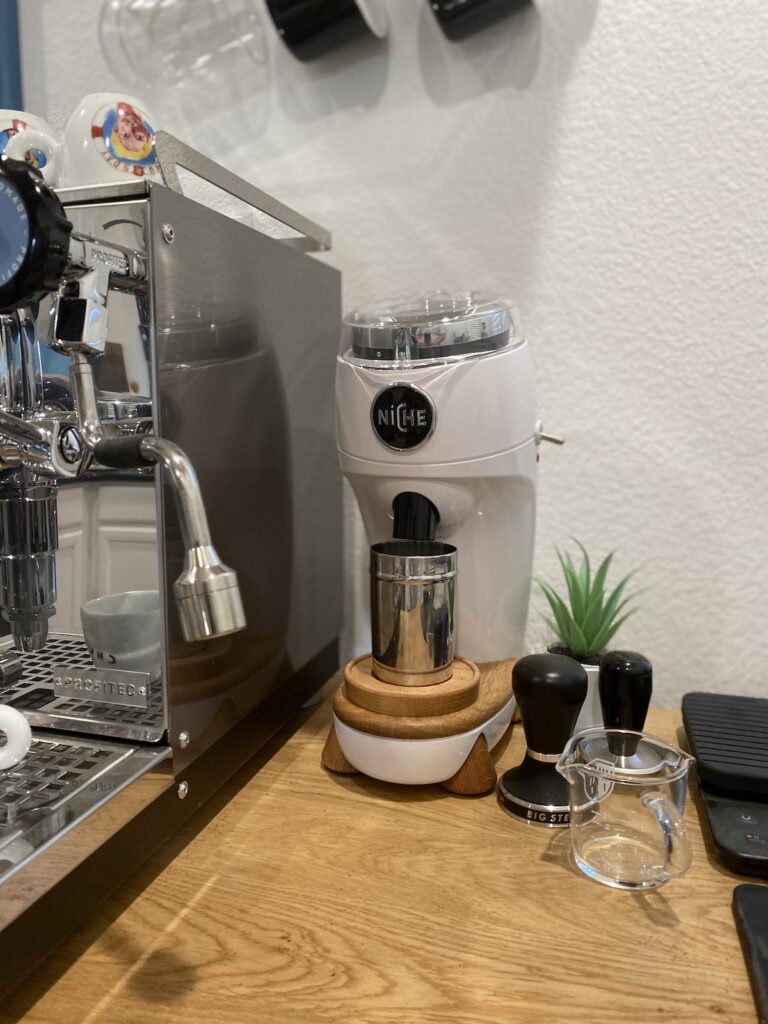
Conical burr grinders have two cone-shaped burrs that sit inside one another, while flat burr grinders have two flat plates that sit side by side. Both types of grinders are designed to produce a consistent, uniform grind size for espresso.
Lately there has been a big discussion on how flat burr grinders produce a better ground of coffee for espresso.
Different Beans May Require A Different Grind Setting
In most cases you will have to experiment with the grind settings depending on the bean being used. Different espresso beans require different grind settings in order to extract the optimal flavor and aroma. Different beans have different levels of density, which affects how quickly the water passes through the grounds.
A finer grind will slow down the flow of water, allowing for more flavor extraction, while a coarser grind will speed up the flow of water, resulting in a weaker flavor. By adjusting the grind setting, you can ensure that you are getting the most out of your espresso beans.
Moisture May Affect the Coffee Grind Setting
Moisture can affect the grind settings of coffee beans. If the beans are too moist, they will be harder to grind and may require a finer grind setting. If the beans are too dry, they will be easier to grind and may require a coarser grind setting.
Weighing Before And After Grinding
Weighing coffee beans before and after grinding them for espresso is beneficial because it allows you to accurately measure the amount of coffee used in each shot. This helps ensure that each shot is consistent in strength and flavor. Additionally, it allows you to adjust the grind size to achieve the desired flavor profile.
Portafilter Filter Basket Size Selection
There are 3 main portafilter basket sizes including
- Single Shot Filter Basket – Holds 7-9 grams of coffee
- Double Shot Filter Basket – Holds 12-20 grams of coffee
- Triple Shot Filter Basket- Holds 18 – 28 grams of coffee
In our experiments, the double shot filter baskets are the easiest and most forgiving baskets to work with. The double shot portafilter basket also allows for more control over the extraction process, as it allows the barista to adjust the grind size and tamping pressure to achieve the desired flavor profile. The double shot portafilter basket is an essential tool for any barista looking to make the perfect cup of espresso.
With that said, making espresso is part science, part art, so experiment, because you may find you like working with a single or a triple better.
Add The Coffee Grounds To The Portafilter
Now for the fun stuff. Once you have weighed and ground the coffee, it’s time to add it to the portafilter.
Usually when this is done, you end up with a mound of coffee in the filter basket and potentially some grounds around the coffee filter. To help from spilling coffee grinds, some people like to use a dosing funnel that sits on top of the portafilter basket. The job of the funnel is to help funnel the coffee grinds into the basket and prevent spillage.
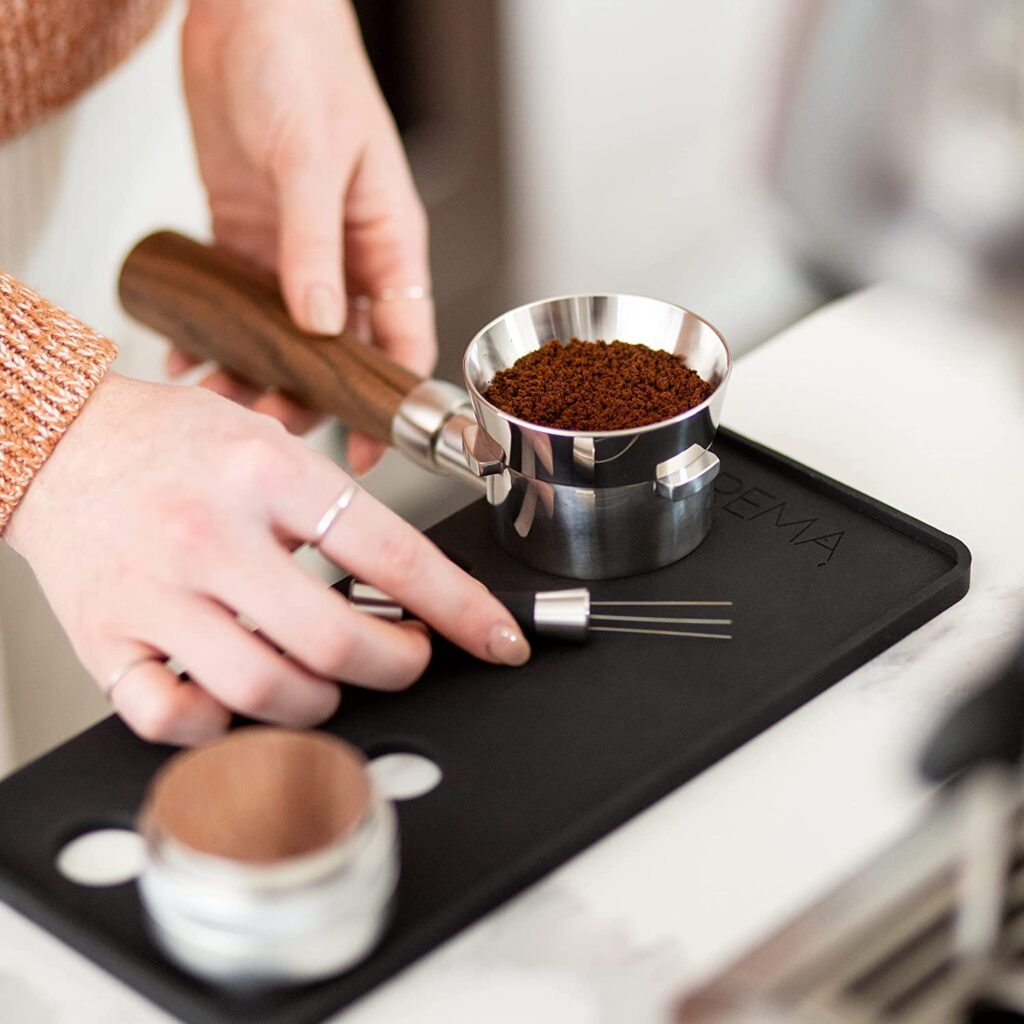
During the grinding process, some people also like to use dosing cups that work in conjunction with the portafilter to make it easier to the grounds into the portafilter.
Tamping The Grounds in Your Portafilter
The goal of tamping is to create an even and consistent distribution of coffee in the portafilter, which will help to ensure an even extraction of espresso. The tamping pressure should be firm and consistent in the tamped coffee.
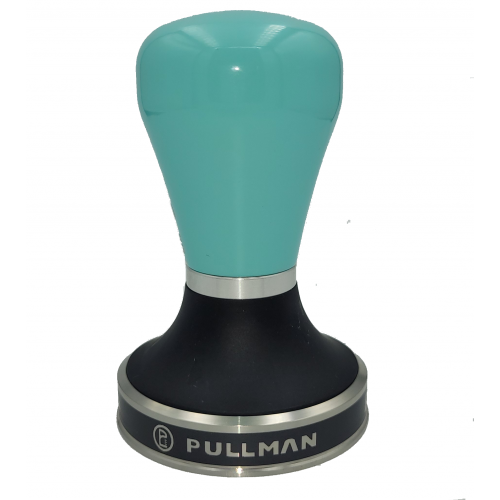
Some barista’s like to use a WDT tool prior to tamping the coffee grounds. WDT, Weiss Distribution Technique is a method of puck preparation that evenly distributes coffee grounds in your portafilter.
One of our favorite tampers is the Pullman Bigstep. They come in all sorts of colors and are fantastic for tamping coffee grounds. Pullman is an Australian company that makes fantastic espresso accessories like tampers and espresso filters.
Using the Right Water
When making espresso, using tap water is generally frowned upon and can in fact depending on it’s hardness, hurt your espresso machine.
You should use filtered water when making espresso. The quality of the water can affect the taste of the espresso, so it is important to use water that is free of impurities.
Unfortunately many household water supplies contain too many minerals and needs to be softened to remove them. The ideal hardness of water for espresso is between 35 and 85 parts per million (ppm). Water that is too hard can cause scale buildup in your espresso machine, while water that is too soft can cause the espresso to taste flat.
If you have a reverse osmosis system you will most likely need to add minerals back in to bring up the hardness level to the range of 35ppm – 85ppm.
We installed a reverse osmosis system under our kitchen sink and our filter has a built in mineral boost cartridge that adds minerals back into the water to help balance the pH.
Minerals in the water will help to improve the flavor of espresso. Minerals such as calcium, magnesium, and sodium help to balance out the acidity of the espresso and give it a smoother taste.
Water Temperature
The ideal water temperature for making espresso is between 195 and 205 degrees Fahrenheit (90.5 and 96.1 degrees Celsius). Playing around with the water temperature can change the flavor of the espresso.
Brewing The Espresso
Brewing the perfect espresso takes practice and patience, but with the right amount of coffee and the right grind size, you can make an amazing cup of espresso every time.

